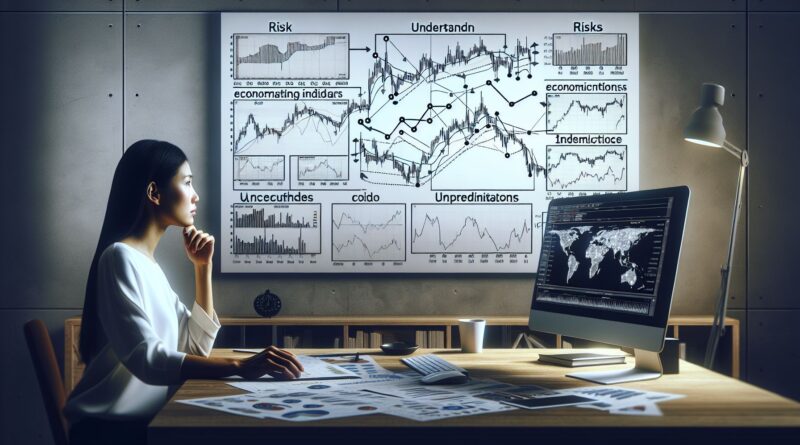Understanding And Mitigating Risks For Active Traders
Active trading is an attractive strategy for individuals seeking to leverage market volatility for potential profits. However, its high-reward nature is not without considerable risks. A comprehensive understanding and mitigation of these inherent risks is crucial for long-term success in active trading. This article details some notable risks for active traders and offers insights into how to manage them effectively.
Active Trading and its Risks
Active trading involves frequent buying and selling of securities for quick profits. This approach contrasts with passive strategies that seek long-term investment returns. Traders using this strategy require a keen understanding of market dynamics and fluctuations. Let’s delve into some of the risks inherent in this investment strategy.
Market Volatility
Active traders thrive on market volatility, exploiting price changes for short-term profits. However, the same market volatility can result in significant losses if traders cannot promptly adjust with the market movements.
Risk of Overtrading
Overtrading occurs when traders make many trades, driven more by emotion than by a sound strategy. It can quickly deplete a trading account due to excessive transaction fees or ill-thought-out trades.
Technical Analysis Risk
Many active traders use technical analysis to guide their trading decisions. Relying heavily on chart patterns, price movements, and mathematical indicators can be risky if the trader overlooks or misinterprets critical market signals.
Risk of Fast Execution
Active trading requires fast and decisive actions. Given its real-time nature and the need for quick responsiveness, traders may sometimes make rushed and potentially damaging decisions.
Financial Risk
There’s always a chance of losing capital in active trading. The risk is maximized by leveraging—borrowing money to trade. While leveraging can amplify profits, it can also lead to substantial losses, including the complete backstop of the invested capital.
Managing Risks in Active Trading
Knowing the risks is a stepping stone to risk management in active trading. Here are some strategies for mitigating the enumerated risks.
Create a Trading Plan
A well-strategized trading plan helps traders make disciplined and informed decisions. It limits the risk of overtrading and reduces the likelihood of making impulsive trades based on emotions or perceived market patterns.
Use Stop-Loss Orders
Stop-loss orders automatically sell a security when it reaches a certain price. This tool prevents traders from incurring sizable losses. Setting stop-losses anticipates the downside risk, giving a trader greater control over potential losses.
Diversify the Portfolio
Diversification is a crucial risk-management strategy. It involves spreading investments across a variety of securities to reduce exposure to any single asset. Diversification can help active traders avoid catastrophic losses when one security performs poorly.
Continual Learning and Adapting
Markets are continuously changing, driven by various economic, geopolitical, and corporate factors. As such, active traders should always be learning, adapting, and refining their strategies to the evolving market conditions.
Conclusion
The allure of potential high returns in active trading comes with substantial risks. It calls for a distinct trading style that combines speed, discipline, understanding of complex market movements, and substantial risk management. By keenly understanding these risks and implementing robust risk mitigation strategies, active traders can maximize their chances for sustained profitable trading. Armed with the right knowledge and tools, the opportunities inherent in active trading’s volatility become more attainable.
